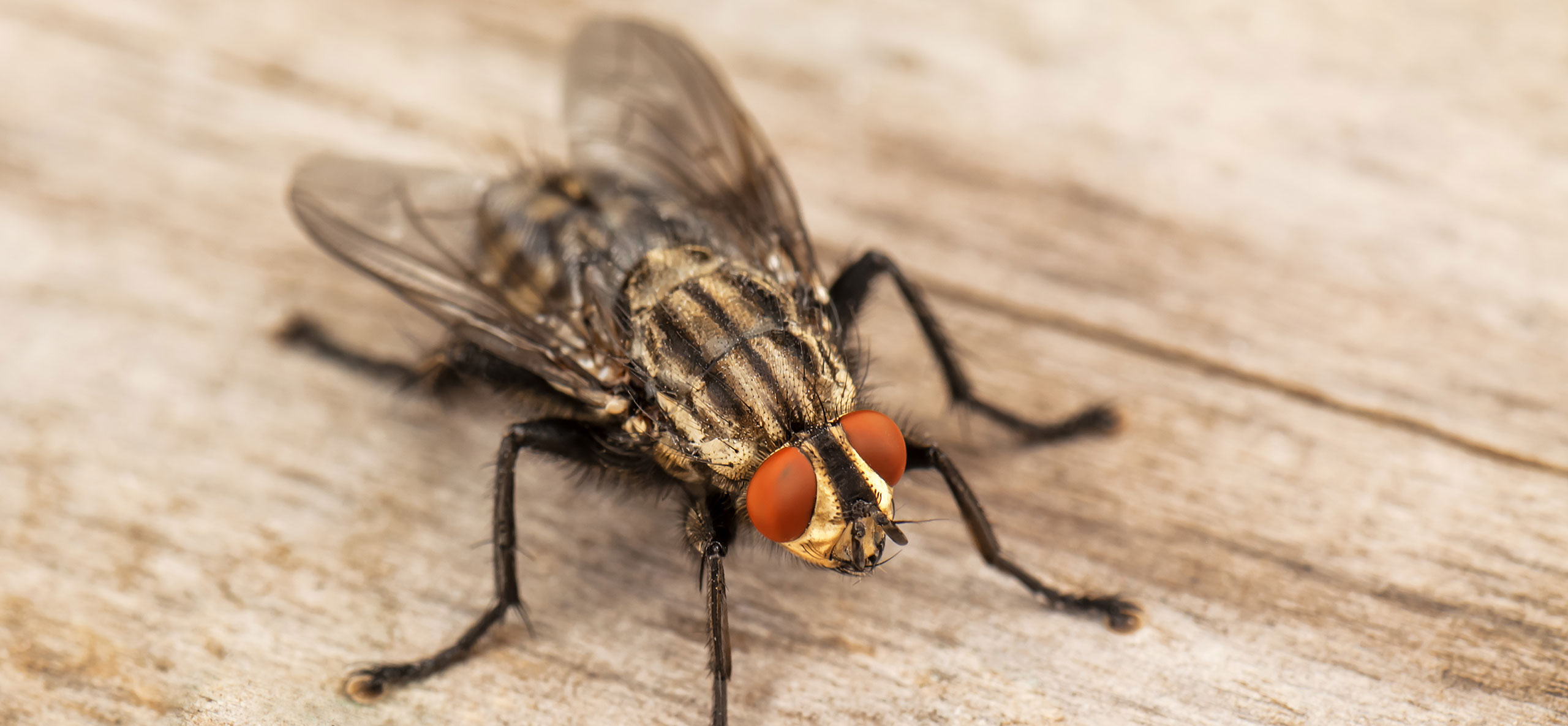Bug zappers have become a popular choice for controlling flying insects, providing relief from bothersome pests during outdoor activities and within indoor spaces. Understanding the inner workings of bug zappers can help us appreciate their effectiveness and make informed decisions about their usage.
The Science Behind Bug Zappers:
Bug zappers consist of several key components that work together to attract and eliminate insects. At the heart of a bug zapper is the ultraviolet (UV) light source, which emits a specific spectrum of light that is highly attractive to insects. This UV light is often in the UV-A range, as insects are particularly sensitive to this wavelength.
To harness the insect-attracting power of UV light, bug zappers are equipped with an electrified grid or mesh. When insects are drawn towards the light source, they come into contact with the electrified grid, resulting in their demise. The power source, typically electricity, provides the necessary energy to operate the bug zapper.
Attracting Insects to Bug Zappers:
The spectrum of light emitted by bug zappers plays a crucial role in attracting insects. While UV-A light is the primary attractant, other factors such as brightness and contrast also influence insect behavior. By optimizing these factors, bug zappers can effectively lure insects towards the device.
Insects are naturally attracted to light sources, and bug zappers take advantage of this behavior. However, not all insects are equally attracted to bug zappers. Different species have varying degrees of sensitivity to UV light and may respond differently to bug zapper emissions. Understanding these variations can help determine the effectiveness of bug zappers in controlling specific insect populations.
Mechanism of Insect Elimination:
When insects approach a bug zapper, they experience what is known as the “bug zapper effect.” This effect occurs due to the insect’s perception of the electric field generated by the electrified grid. As insects come closer, they detect the electrical charge and are compelled to investigate, often resulting in their demise.
Upon physical contact with the electrified grid, insects are subjected to a lethal dose of electricity. This electrocution leads to immediate termination of the insect, effectively eliminating the pest. The efficiency of the grid design plays a crucial role in capturing and retaining insects to ensure optimal bug zapper performance.
Limitations and Considerations:
While bug zappers are effective in controlling certain insect populations, their efficacy may vary depending on the target species. Some insects are less attracted to UV light or have behaviors that make them less susceptible to bug zappers. Additionally, it is essential to consider the potential impact on non-target insects, such as beneficial pollinators, when deploying bug zappers in outdoor environments.
Proper placement and regular maintenance are key considerations for maximizing bug zapper effectiveness. Placing bug zappers in areas with high insect activity, away from competing light sources, can enhance their performance. Regular cleaning and replacement of bulbs and electrified grids are necessary to ensure the bug zapper functions optimally.
In summary, bug zappers work by utilizing UV light to attract insects and an electrified grid to eliminate them. By understanding the science behind bug zappers and their limitations, users can make informed decisions about their application. Bug zappers offer an effective solution for controlling flying insects, providing relief from pests and enhancing the enjoyment of outdoor spaces.
To find out more about PestWest’s range of electronic fly killers, click here













